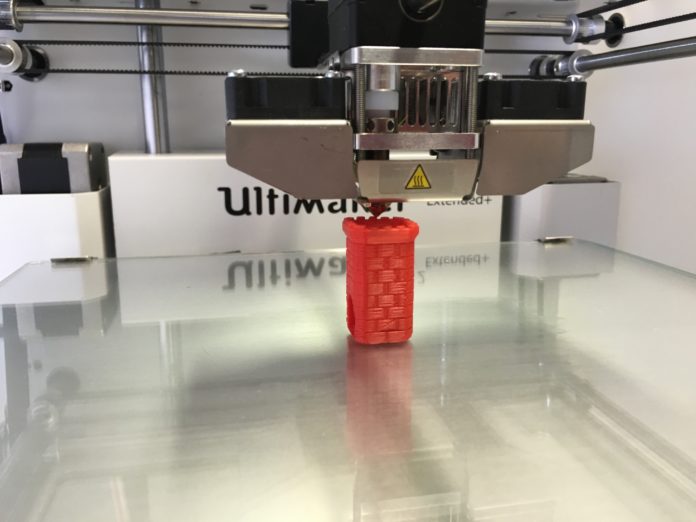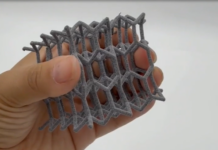As it’s the case with any technology, 3D printing has multiple risks to consider and manage. Indeed, additive printing has the potential to revolutionize manufacturing. Even so, its inherent risks aren’t well defined, mainly because the technology is relatively new. Here are the critical 3D printing risk categories you should understand, and how you can incorporate risk management into 3D printing:
Property Damage Risk
If 3D-printed objects cause property damage due to malfunction or defects, lawsuits can be filed against the company or individuals that came up with the product. For instance, if a 3D-printed orthopedic appliance causes smoke damage to a building, the building owners can sue for damages. Using risk management in 3D printing makes it possible to detect and mitigate potential risks before the printed devices are put to use.
Bodily Injury Risk
Although few bodily harm cases resulting from 3D printed products have been reported, this is still a reality. In this case, liability is likely to fall upon the product designer, the manufacturer, or stock suppliers. Some of the scenarios that can form the basis of legal liability in bodily injury lawsuits involving 3D printed products include:
- Defective design
- Defective manufacturing
- Deceptive marketing (failure to notify consumers about the potential risk of using the products)
Intellectual Property Risk
3D printed products are typically designed using CAD software. However, this software can produce files that contain proprietary information. The theft or loss of these files can be disastrous for a company and potentially leads to design theft or digital sabotage.
An excellent instance of intellectual property risk is the cloud data breach of an automotive company’s design files. If hackers sell the stolen data and your company produces 3D printed automotive devices that resemble products that the breached company makes, you can be sued.
Technological Risk
If your 3D printed products don’t work as intended, your company will be held liable for users’ losses. Besides the risk of lawsuits, product failure can interrupt your customers’ business continuity and damage your reputation. 3D printing has changed the traditional manufacturing model. Buyers keenly consider the owner of the products when purchasing them.
This way, liability is easily apportioned when the products fail to work as intended. Risk management will help you streamline your 3D printing process and iron out potential omissions risk and technology errors that might lead to product failure and resultant lawsuits.
How to Reduce the Risks of 3D Printing
The possibilities of 3D printing are almost limitless. However, risks also abound. Just like with other technologies, these risks also evolve. Irrespective of whether your organization has a risk appetite or risk tolerance policy in place, you should be prepared to minimize your exposure to the primary risk categories of additive printing. Here’s the ultimate risk management guide for 3D printing:
Establish an Oversight Team
When embarking on a 3D printing project, it’s best to establish an oversight team that will oversee the product design and production process. The team should comprise individuals who are well versed in 3D printing technology. Your in-house legal team should also be involved to ensure that company policies and other legal issues are adequately addressed.
Create Relevant Products
To avoid marketing risks, it’s best to create products that match consumers’ needs and expectations. Coordinating your production process with the end-user is crucial since it helps you avoid unnecessary effort or the production of irrelevant products.
Seek Relevant Approvals
When designing your products, it’s best to review your organization’s 3D printing policy. This will ensure that all requirements are met. For instance, if you produce 3D printed medical equipment, seek proper approval from relevant medical review boards before embarking on the production process. It’s also advisable to only use product designs from reputable sources that have passed the requisite certification requirements.
Consider using open-source designs since this will help you avoid legal issues such as intellectual property infringement. Review all regulatory and certification requirements for your products. Some products cannot be accepted into the market without proper accreditation. Seek certification before production starts.
During production, an independent auditor should be brought on board to undertake quality control. The final product should include adequate warnings and disclaimers disclosing possible risks, including adverse reactions.
Key Takeaways
Risk management should be incorporated into all manufacturing processes, including 3D printing. All parties involved in the 3D printing supply chain should ensure that they mitigate possible risks as much as possible. This will ensure that the 3D printed products meet the rigorous testing requirements that apply to traditionally manufactured products.






